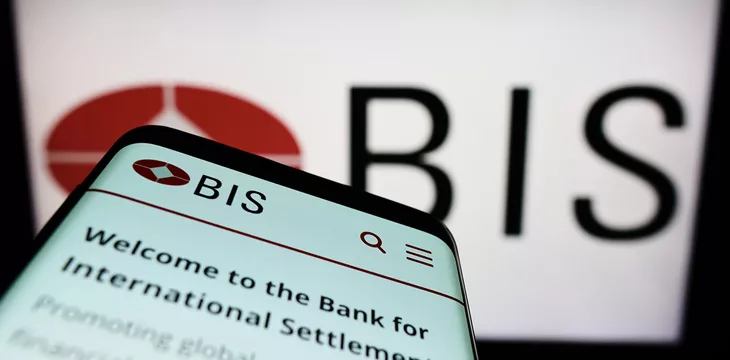|
Getting your Trinity Audio player ready...
|
Nearly one year after the completion of its pilot study, cross-border central bank digital currency (CBDC) project mBridge is inching forward with its minimum viable product (MVP), bringing it one step closer to a full-scale rollout.
In a speech, Hong Kong Monetary Authority (HKMA) Chief Executive Eddie Yue said the mBridge project will be onboarding new participants in the coming days. While Yue did not expressly mention the incoming participants, analysts forecast that new entities will be central banks of Southeast Asian countries.
Currently, mBridge’s participants include central banks from China, the United Arab Emirates (UAE), Hong Kong, and Thailand, with the Bank for International Settlements (BIS) providing technical support.
Alongside the plan to onboard more central banks is the plan to roll out an MVP, which Yue says will be vital in speeding up the adoption rates of the CBDC project. The HKMA executive has not disclosed the exact date for the MVP launch. Still, his speech hinted that commercial banks would be allowed to participate in the cross-border project.
Insiders with knowledge of the matter disclosed that interested central banks will be allowed to join the platform whether or not they have launched a CBDC. It is important to note that none of the first batch of participating countries have rolled out a CBDC. However, developments are still grinding in the pilot stage.
“We are expecting to welcome more fellow central banks to join this open platform,” said Yue. “And very soon we will launch what we call a minimum viable product, with the aim of paving the way for the gradual commercialisation of mBridge.”
The BIS is keen on leveraging the initial successes of the mBridge pilot project with the proposed MVP rollout. The month-long pilot in 2022 showed significant promise in reducing the time and cost associated with cross-border payments, recording over $22 million worth of transactions between 20 participating banks.
A detailed report by the BIS highlighted the technical, legal, and regulatory aspects of mBridge, pledging to follow a “Lego bricks” approach to support participating commercial banks.
“Hopefully this new innovative platform will help resolve longstanding pain points in cross-border payments and enhance the efficiency of the global value chain,” added Yue.
mBridge rattles Western powers
While the CBDC project continues to generate interest in Southeast Asia and the Middle East, U.S. officials are eyeing mBridge with skepticism. U.S. Rep. Maxine Waters (D-CA) expressed concerns over the mBridge’s potential to allow participating countries to circumnavigate global sanctions.
“We don’t know at this point how the introduction of CBDCs could shape the global financial landscape,” Waters said.
The BIS is continuing its probe into cross-border CBDCs with a series of projects under its belt, including Icebreaker, Jura, and Dunbar. To ensure uniform development, the BIS has collaborated with the G20 and offered technical assistance to countries interested in launching CBDCs.
To learn more about central bank digital currencies and some of the design decisions that need to be considered when creating and launching it, read nChain’s CBDC playbook.
Watch CBDCs: The rules will apply, like it or not

 07-08-2025
07-08-2025 





